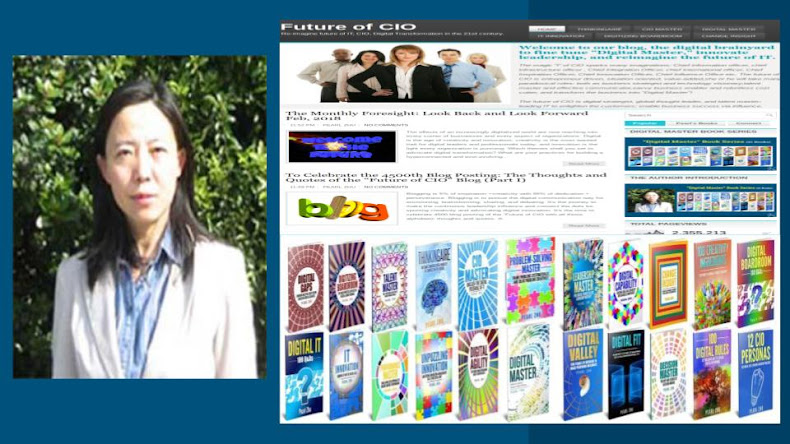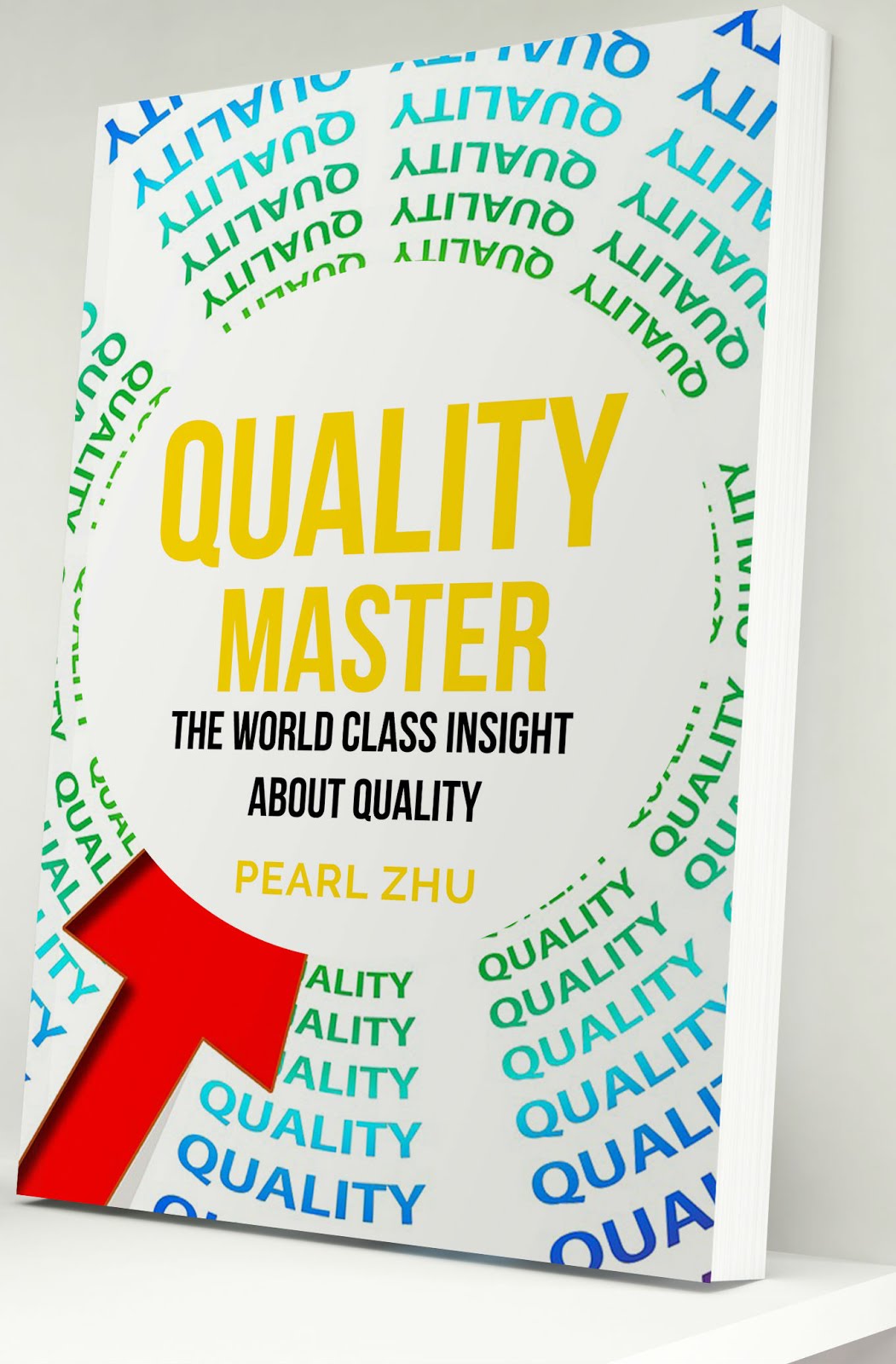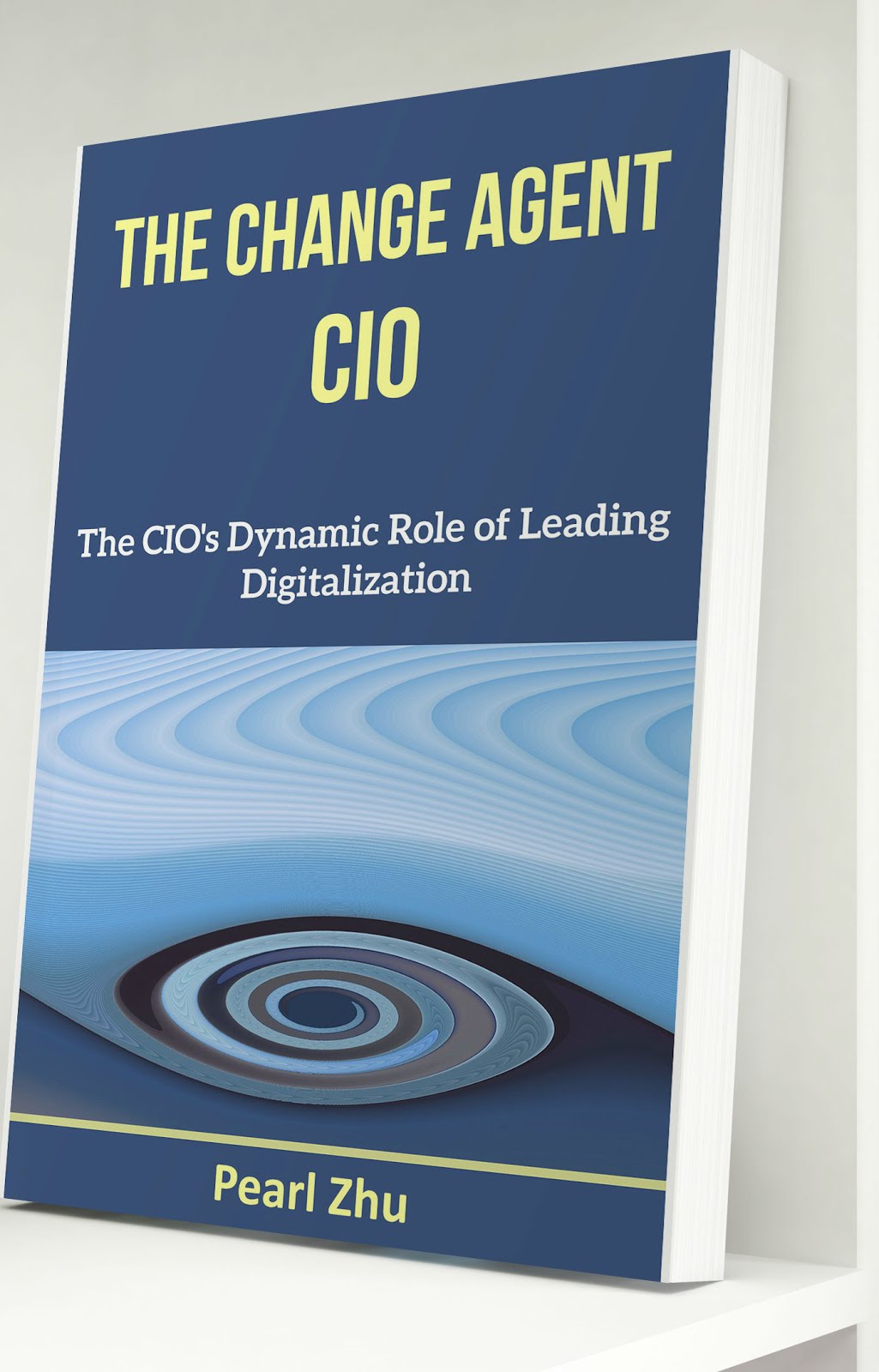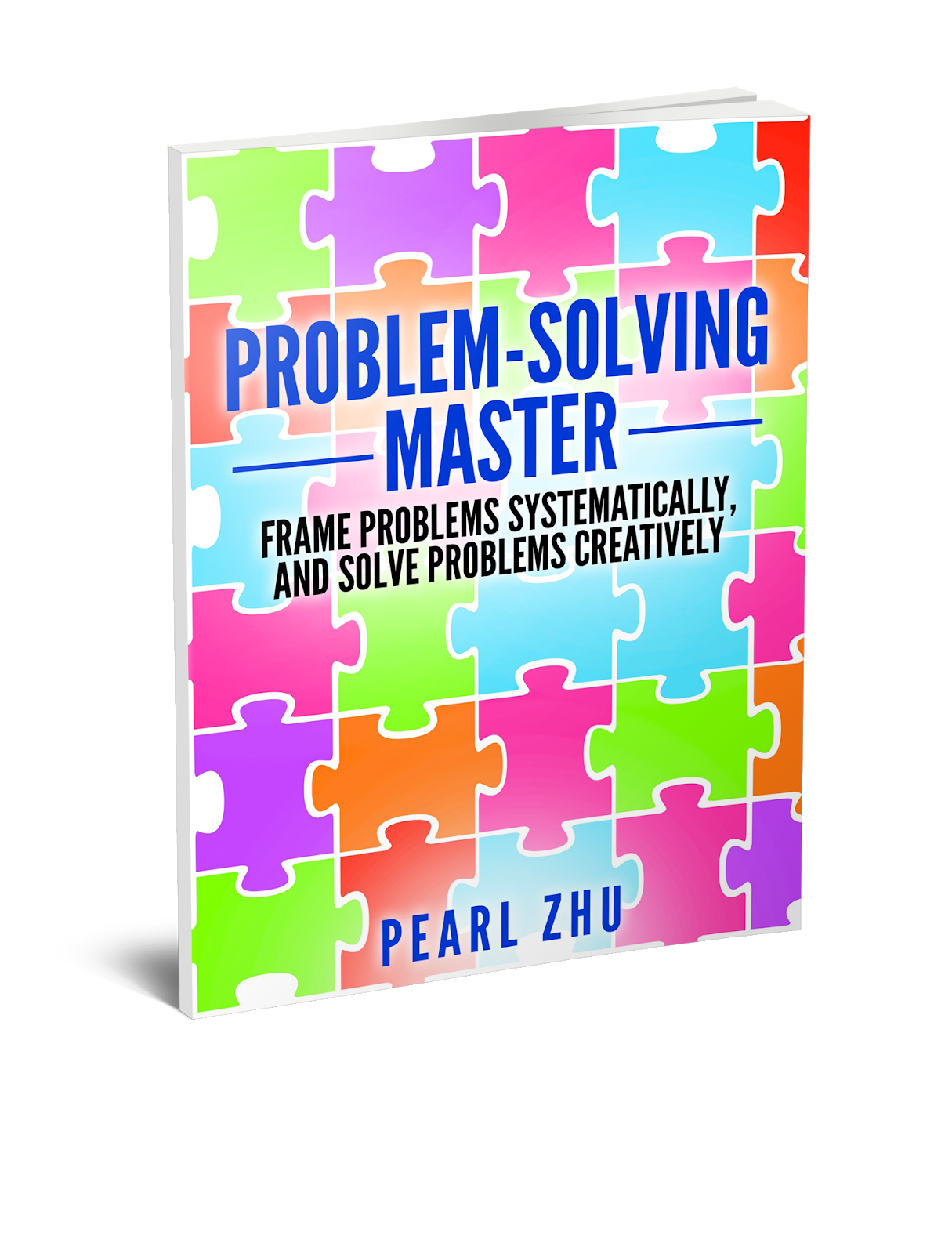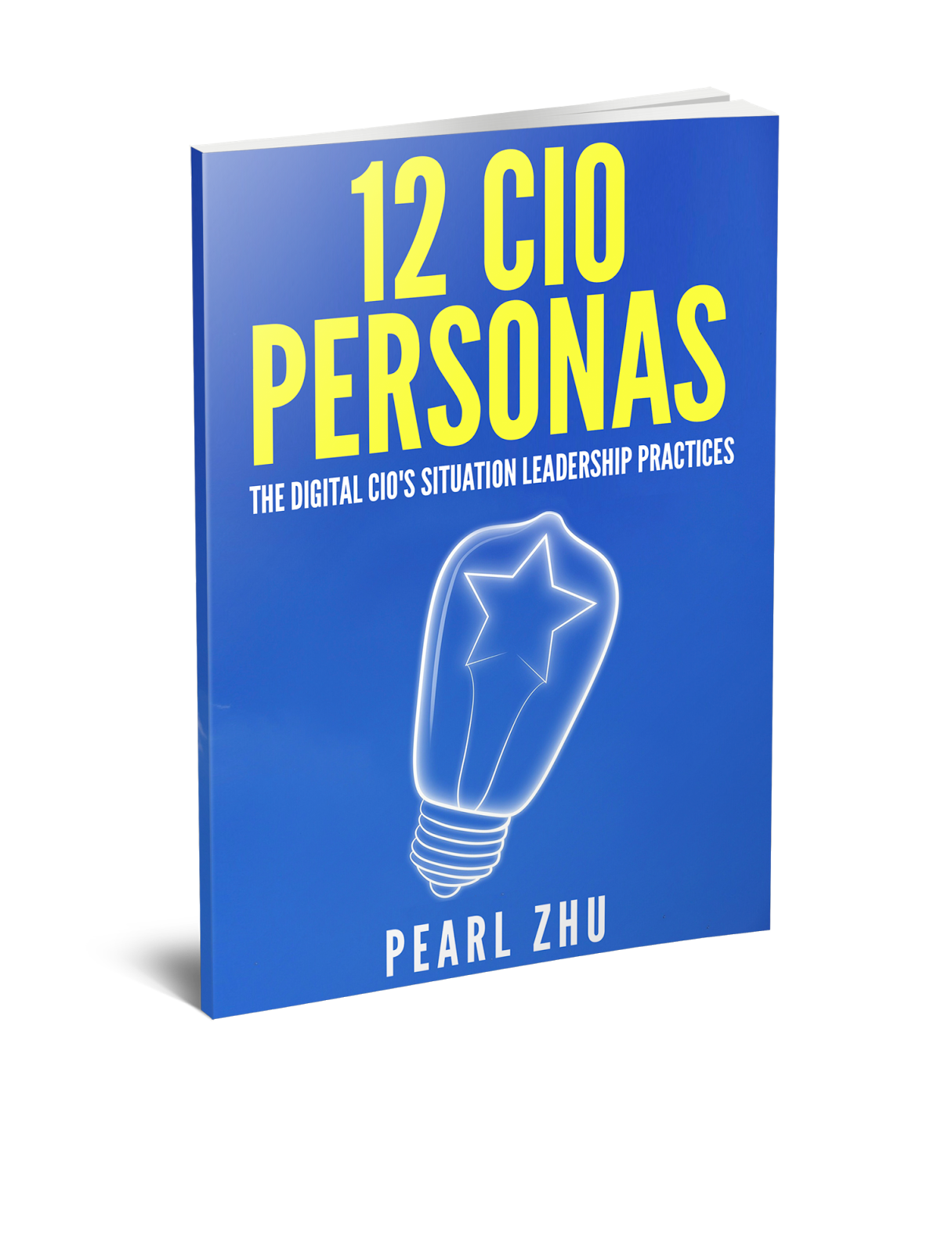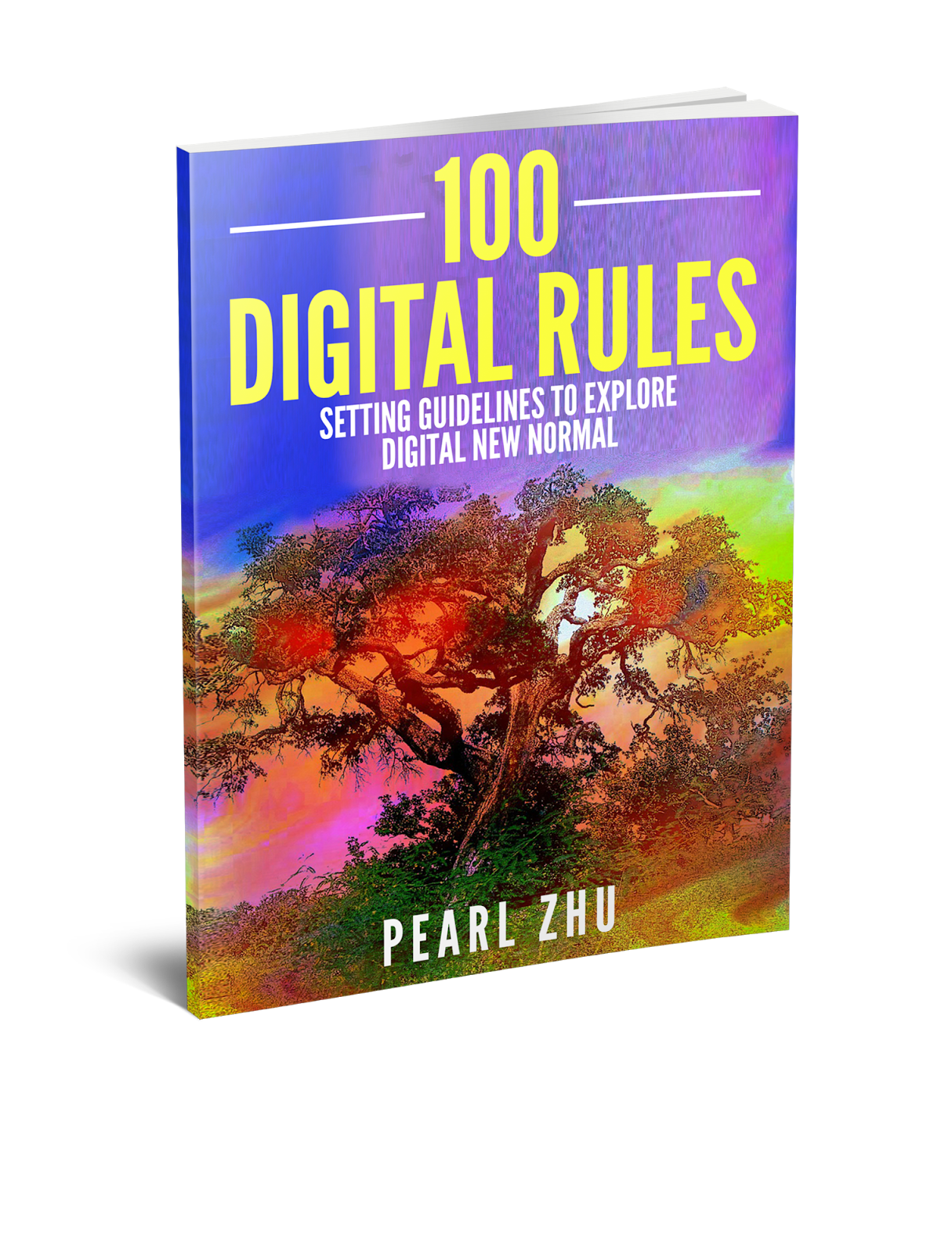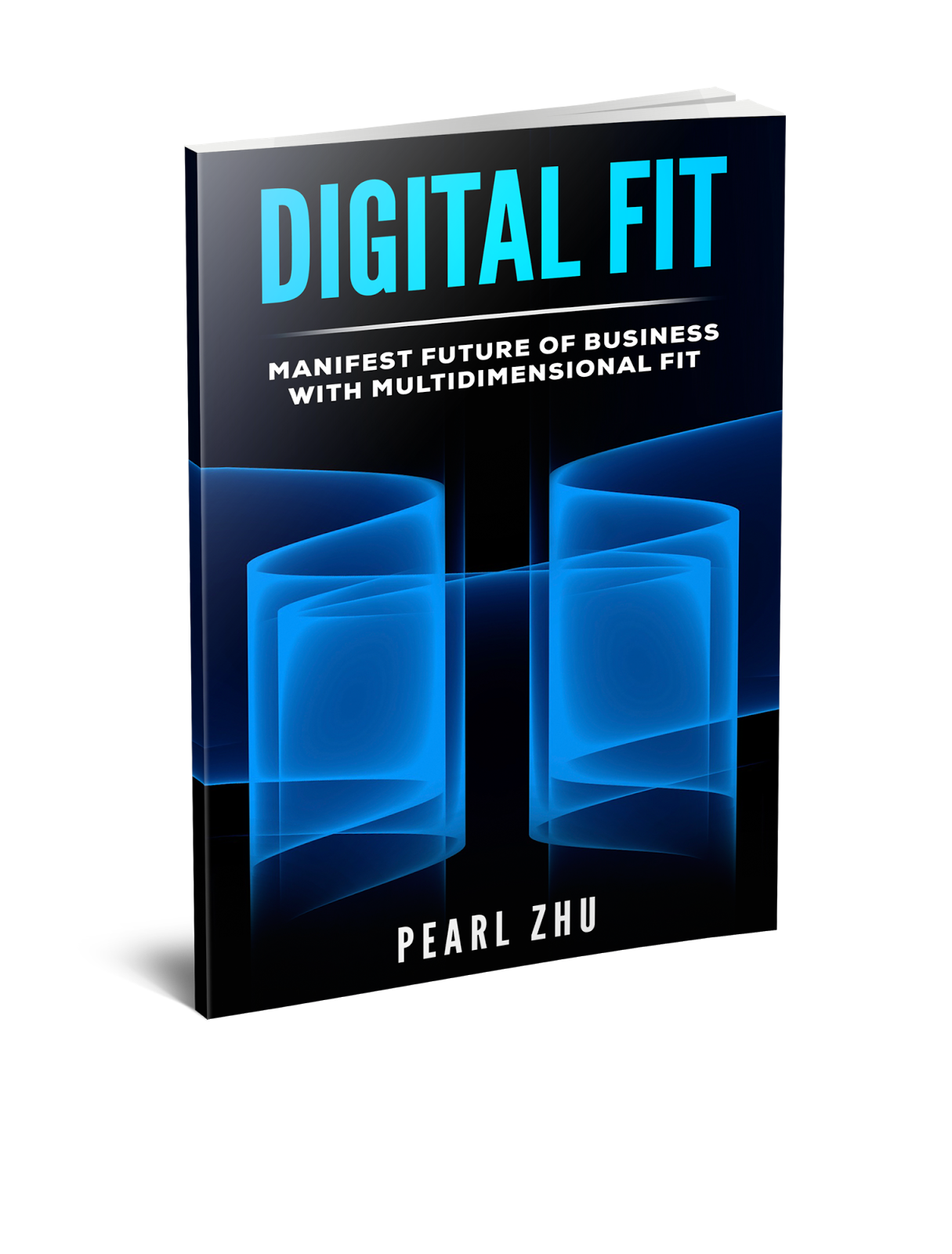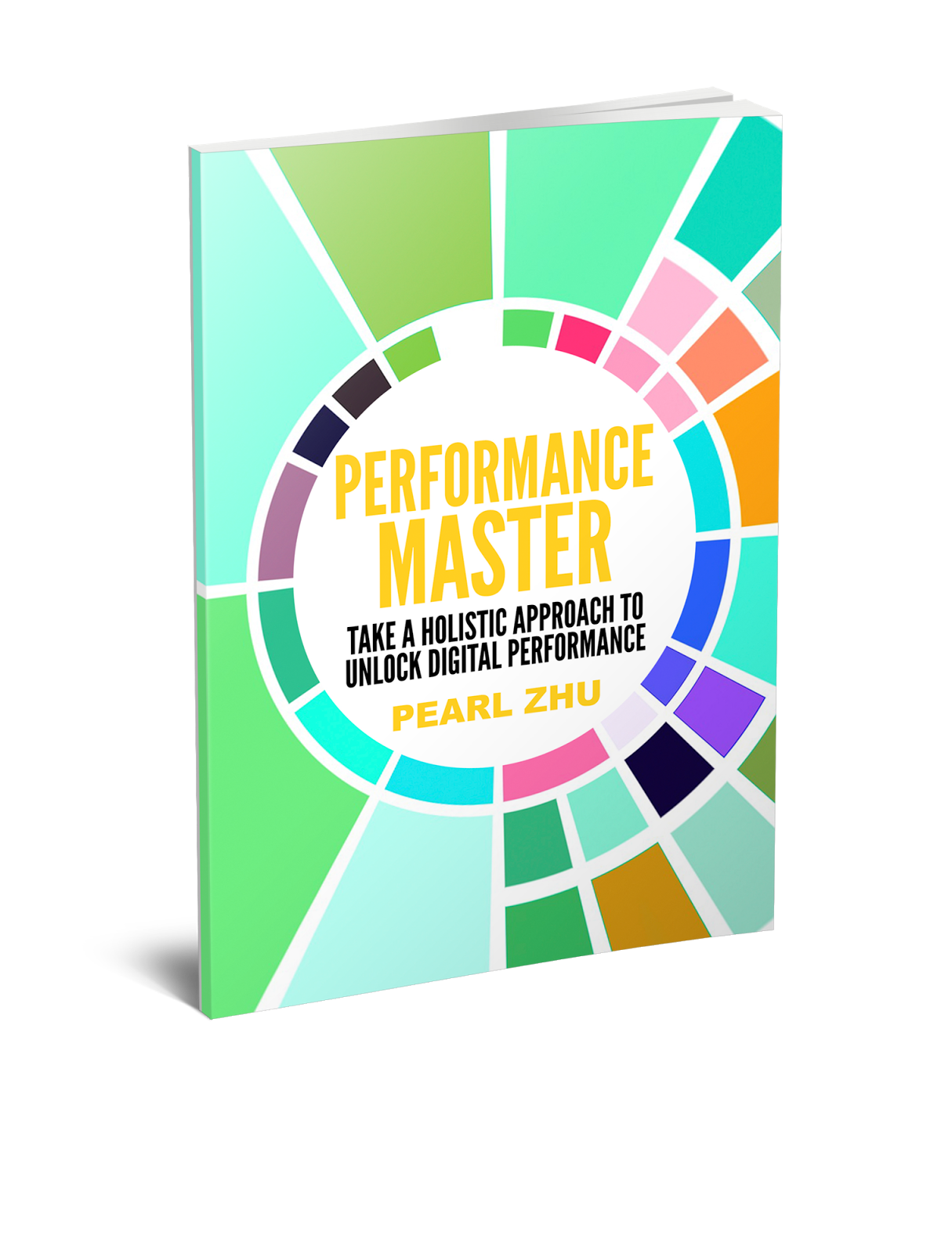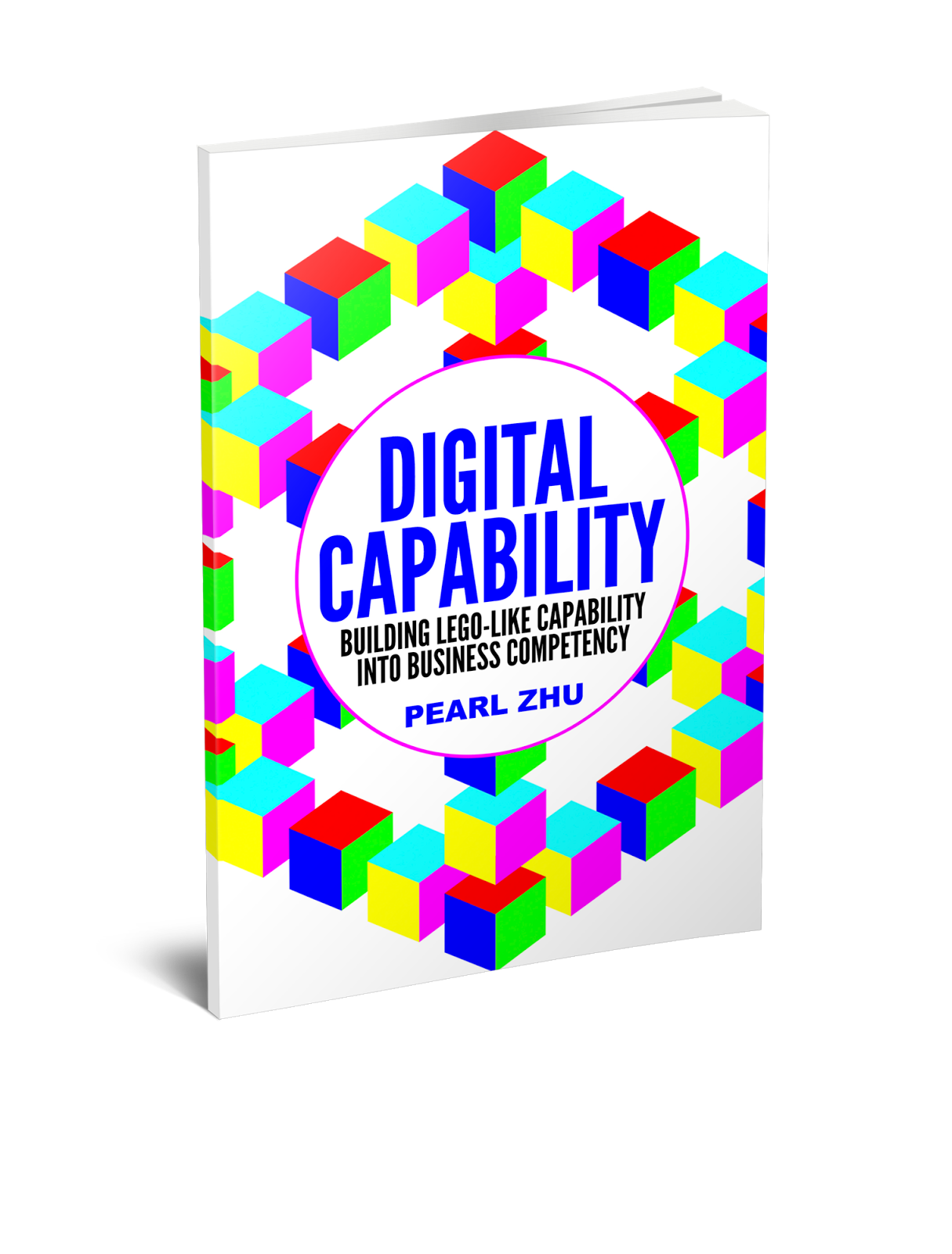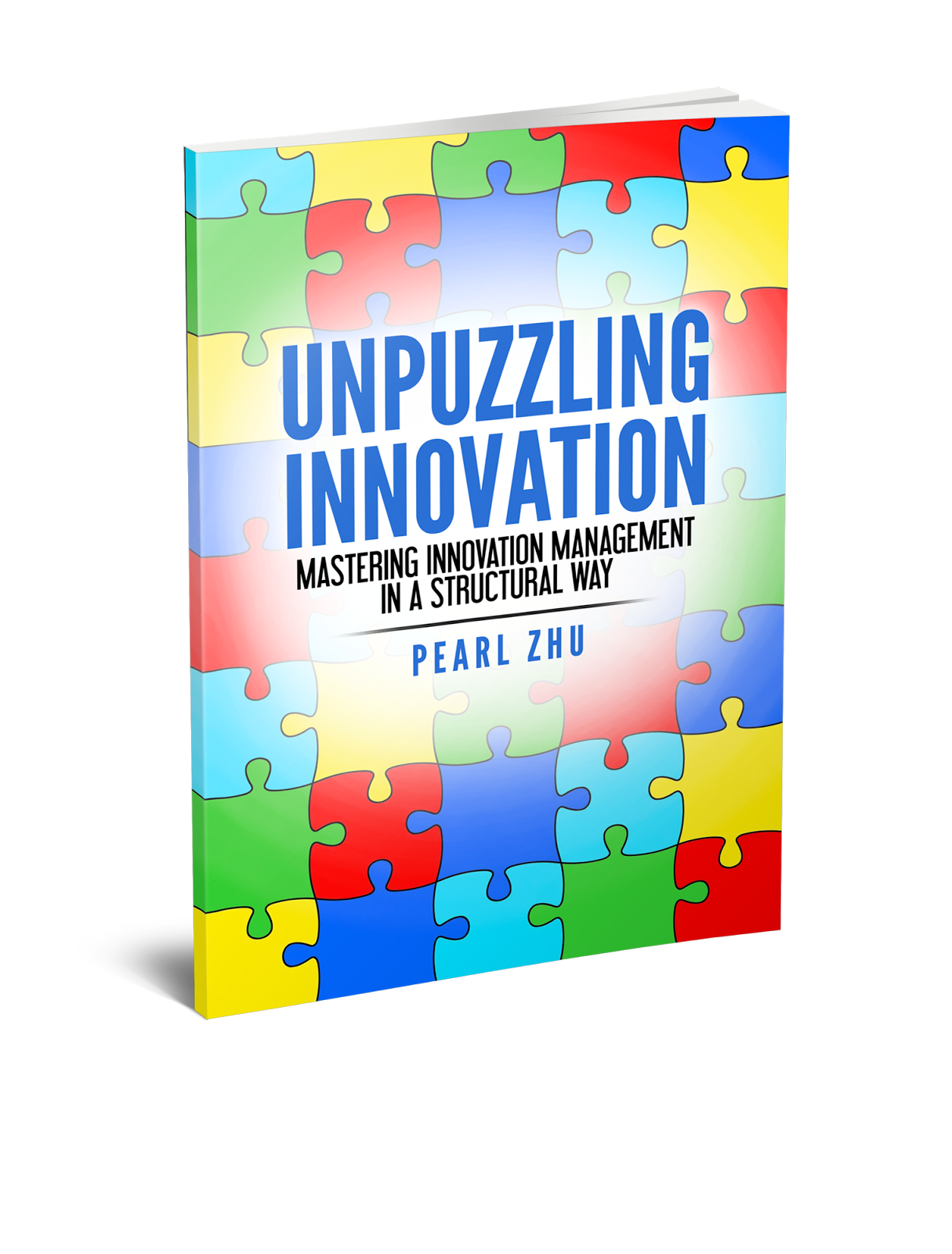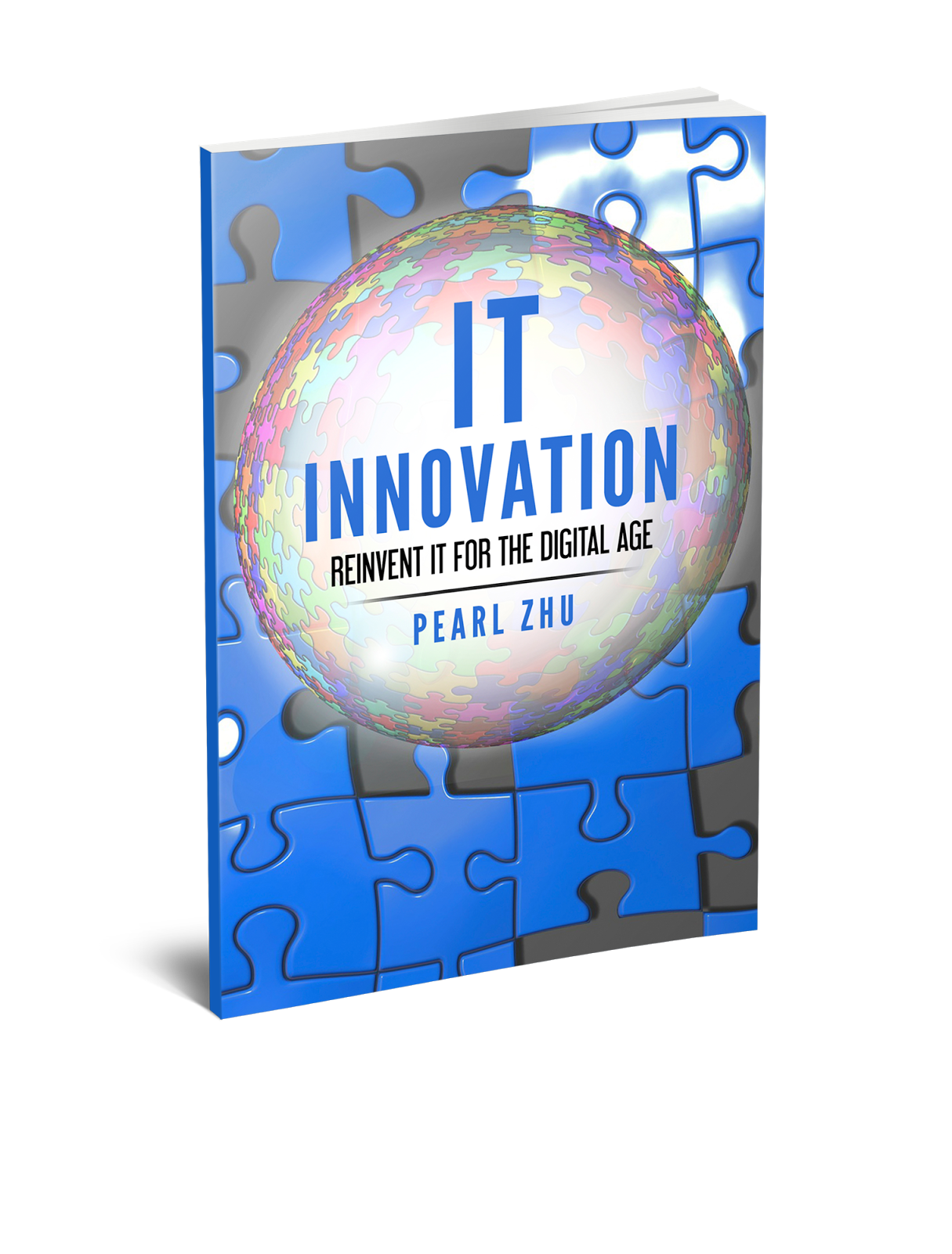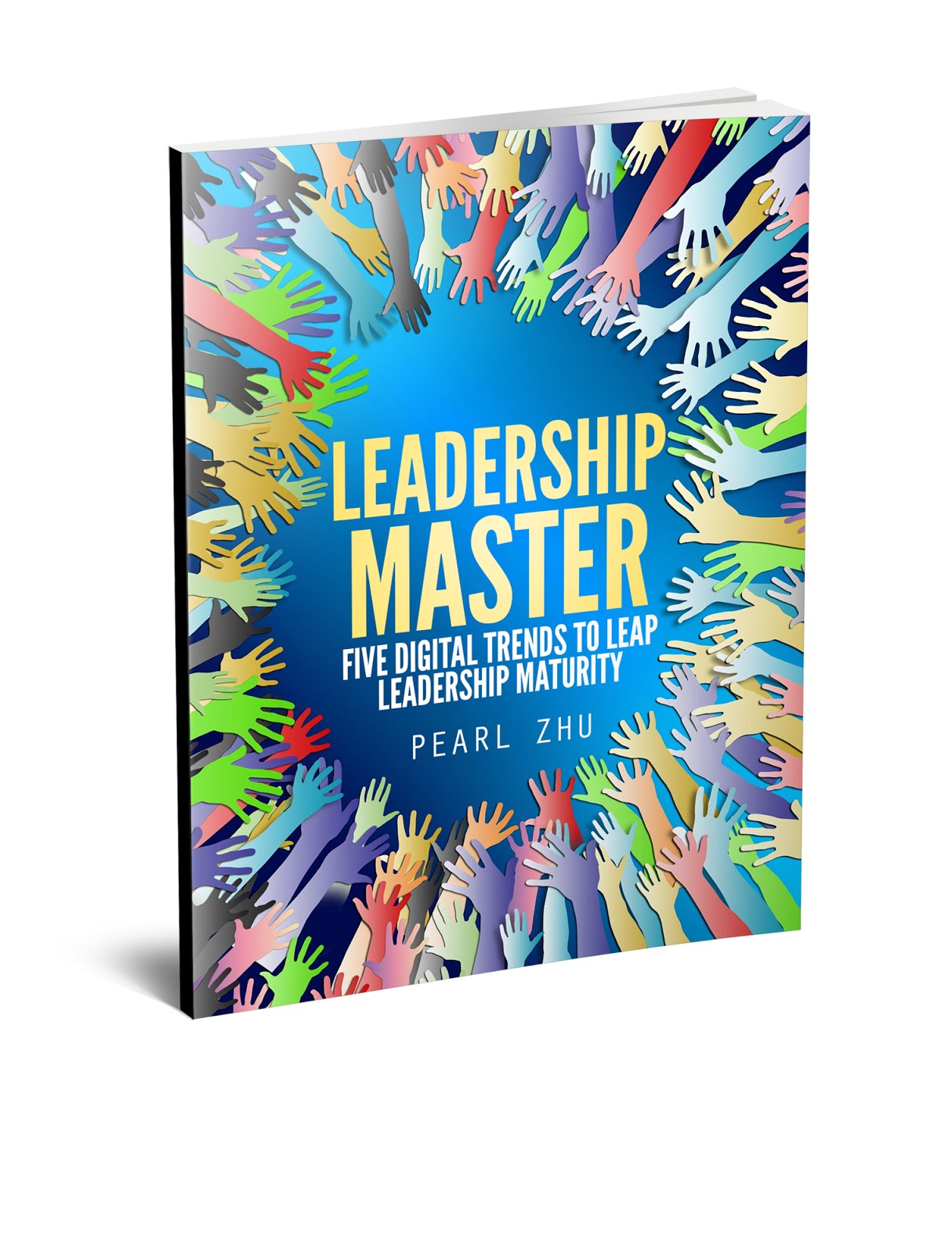Strategy Management methods and practices including strategy maps, scorecards, etc, improve management disciplines and lead progressive changes.
Running a successful organization depends on how effectively they can implement good strategies. There is often a gap between those who develop the strategy and those responsible for implementing it. Organizations struggle to turn strategic visions into concrete, executable plans.
It's important to take a structural assessment framework for assessing both hard and soft success factors, improve the success rate of strategy implementation, and accelerate high performance results.
Assessment: Evaluate communication effectiveness: Assess if the strategy is well understood across the organization. Review the effectiveness of strategy communication methods. The key is to systematically evaluate both the outcomes and the execution process to determine if the strategy is being implemented successfully and delivering the intended results. This allows for timely course corrections as needed.
Alignment: Assess organizational alignment. Alignment refers to ensuring that the organization's strategy, goals, and activities are in sync across all levels. Determine if structures, processes, and systems support the strategy. Evaluate if roles and responsibilities are clear. Check if incentives and performance management align with strategic priorities. Key aspects include:
-Providing clarity of purpose and direction
-Setting clear expectations for performance
-Communicating how each team and individual contributes to the overall strategy
-Ensuring employees understand the strategy and their role in executing it
Ability: This focuses on developing the skills and capabilities needed to execute the strategy effectively. It involves:
-Identifying the capabilities required by the strategy
-Assessing current talent and skills gaps
-Providing training and development opportunities
-Making strategic hires to bring in needed expertise
-Nurturing talent to ensure future success
Architecture: Architecture refers to designing organizational structures, processes and systems that support strategy execution. This includes:
-Streamlining the organizational structure to align with strategy
-Optimizing business processes for efficiency
-Implementing supporting technologies and systems
-Creating governance mechanisms and decision rights
-Designing performance management and reward systems
Agility: Agility is about building the capacity to adapt quickly to changing conditions. Key elements are:
-Developing situational awareness to recognize changes in the environment
-Creating flexible organizational structures and processes
-Fostering a culture of innovation and learning
-Empowering employees to make decisions and take action
Conduct periodic strategy reviews: Hold regular strategy review meetings. Involve key leaders to discuss progress, challenges, and needed adjustments. Here are some key elements for assessing strategy implementation:
-Review progress against goals and objectives:
-Compare actual results to the targets and milestones set in the strategic plan
-Evaluate both quantitative metrics and qualitative objectives
-Assess progress on key performance indicators (KPIs)
-Analyze the execution of strategic initiatives:
-Examine if key projects and initiatives are on track
-Review resource allocation and utilization
-Evaluate adherence to timelines and budgets
-Review resource utilization: Evaluate if financial and human resources are being deployed effectively
-Assess if capabilities and skills match strategy requirements
-Analyze operational metrics: Review key operational indicators tied to strategic objectives
Assess efficiency and productivity metrics
Building dynamic capabilities to sense and seize new opportunities: The framework emphasizes that these elements are interconnected and mutually reinforcing. By focusing on all these areas, organizations can build a robust capability for strategy execution that allows them to bridge the gap between strategic planning and performance. Leaders should assess their organization's strengths and weaknesses across these dimensions and take action to improve execution capability.
Monitor external factors:
-Analyze changes in the competitive landscape
-Evaluate shifts in customer needs or market dynamics
-Assess the impact of economic, regulatory, or technological changes
-Gather feedback from stakeholders: Conduct surveys or interviews with employees, customers, and partners.
-Get input on implementation challenges and opportunities for improvement
Balanced Scoreboard to measure performance holistically: A balanced scorecard can facilitate data-based communication and performance review. As people can see what the outcome will look like throughout the transition, and then there should be a consideration for a balanced scorecard that measures the progress of the strategic goals you want to achieve. Use balanced scorecard or strategy map: Leverage tools to visualize and track strategic objectives across key perspectives.
Enterprise Strategy Management methods and practices including strategy maps, scorecards, customer profitability analysis using activity-based costing principles, customer intelligence, process management, and quality management, improve management disciplines and lead progressive changes.









